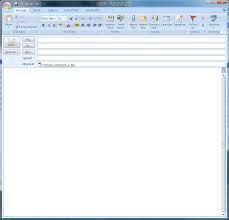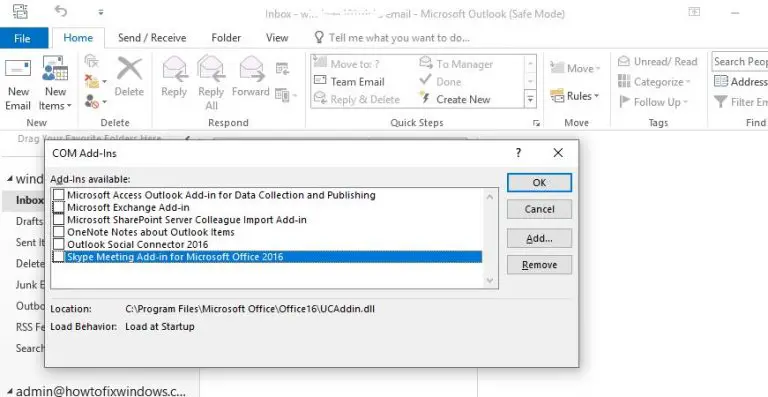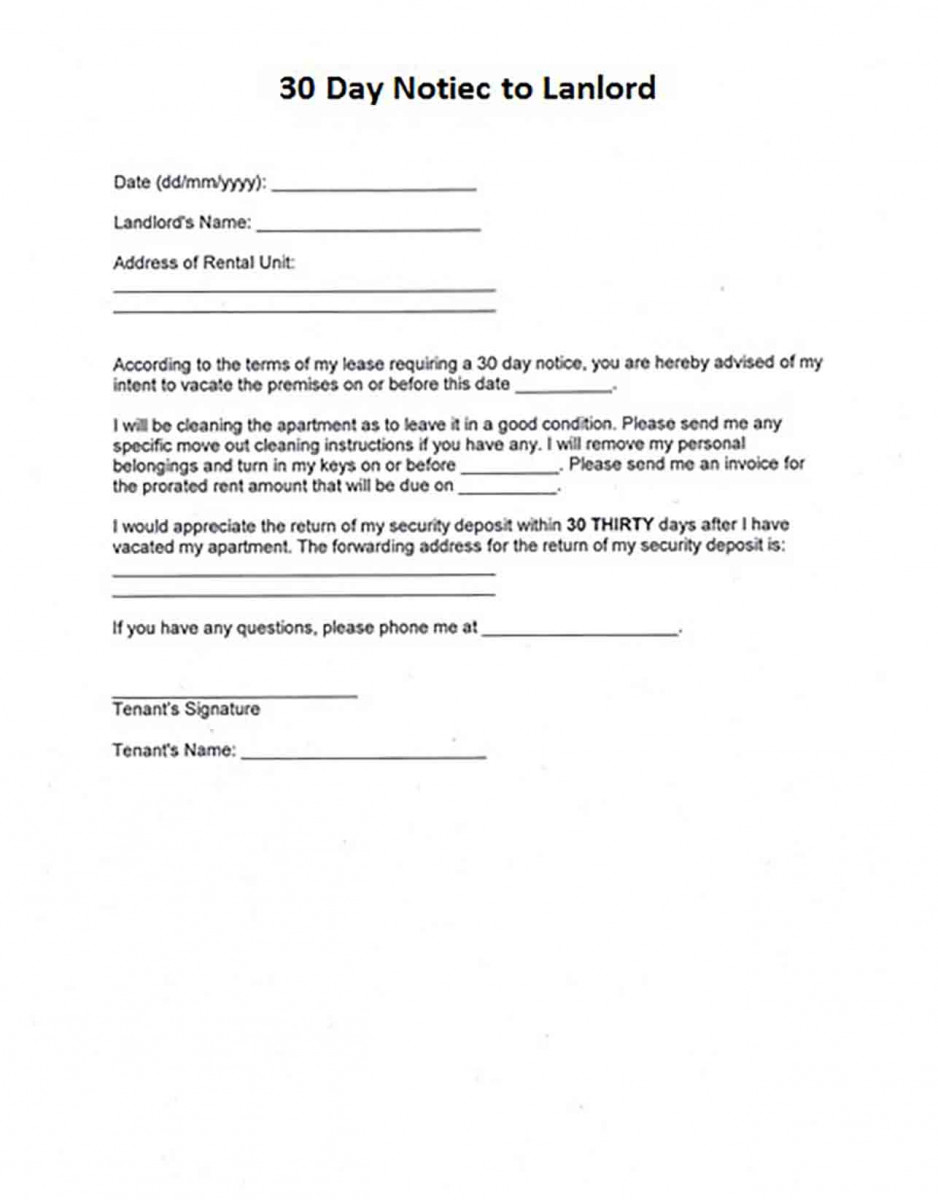Fix Outlook Freezes When Loading Profile

Many users of Microsoft Outlook, a popular email client, have encountered an issue where the application freezes or becomes unresponsive when attempting to load a specific profile. This problem can be particularly frustrating, as it prevents users from accessing their emails and other critical data. In this article, we will delve into the causes of this freezing issue and provide comprehensive solutions to help users resolve this problem effectively.
Understanding the Outlook Profile Freezing Issue

The freezing or hanging of Outlook when loading a profile is often attributed to various factors, including corrupt profile data, excessive add-ins, large PST files, or conflicts with other applications. This issue can affect both personal and organizational Outlook users, causing significant disruptions to daily productivity.
One of the primary causes of this problem is corrupt profile data. Outlook profiles store important information, such as email accounts, settings, and data files (PSTs). If this data becomes corrupted, Outlook may struggle to load the profile, leading to freezing or crashing.
Identifying the Problem
Users often experience the following symptoms when encountering the Outlook profile freezing issue:
- Outlook hangs or becomes unresponsive during startup.
- The Outlook loading screen remains visible for an extended period.
- Error messages indicating “Outlook is not responding” or “Outlook has stopped working” appear.
- The system may become sluggish or freeze entirely.
Troubleshooting Outlook Profile Freezing

To resolve the Outlook profile freezing issue, we can employ several effective troubleshooting techniques. Here are some comprehensive steps to follow:
1. Restart Outlook in Safe Mode
Safe Mode in Outlook helps diagnose and resolve issues by temporarily disabling add-ins and other potential problem-causing elements. To start Outlook in Safe Mode:
- Press Ctrl + Shift + Alt on your keyboard simultaneously when launching Outlook.
- If Outlook opens in Safe Mode, you’ll see a message confirming it’s running in this mode.
- Test if the profile loads successfully in Safe Mode. If it does, the issue is likely caused by add-ins or other startup elements.
2. Disable Add-Ins
Excessive or faulty add-ins can cause Outlook to freeze or crash. Disabling add-ins can help identify and resolve the problem. Here’s how:
- Open Outlook in Safe Mode (as mentioned above) or close Outlook if it’s already running.
- Navigate to the File menu, select Options, and then click on Add-Ins.
- Select COM Add-ins from the Manage dropdown menu and click Go.
- Uncheck all add-ins and click OK. Restart Outlook normally to see if the problem persists.
3. Repair Outlook Installation
A corrupted Outlook installation can lead to various issues, including profile freezing. Repairing the installation can help fix these problems. Here’s how to do it:
- Open the Control Panel and select Programs and Features (or Add or Remove Programs on older versions of Windows).
- Find Microsoft Office in the list of installed programs and right-click on it.
- Select Change or Modify, then choose Online Repair and follow the on-screen instructions.
4. Create a New Outlook Profile
Creating a new Outlook profile can help determine if the issue is specific to the current profile or a more general Outlook problem. Here’s a guide on creating a new profile:
- Open the Control Panel and select Mail (or Mail (32-bit) on 64-bit Windows versions).
- Click Show Profiles, then Add to create a new profile.
- Configure the new profile with your email account details and test if Outlook loads without freezing.
5. Compact PST Files
Large PST files can cause Outlook to slow down or freeze. Compacting these files can help improve performance. Follow these steps:
- Open Outlook and select the File tab.
- Click Account Settings, then Account Settings again.
- Select your email account and click Change.
- In the Change Account dialog box, click Repair and follow the prompts.
6. Run Microsoft Support and Recovery Assistant
Microsoft provides a tool called the Support and Recovery Assistant to help diagnose and fix common Outlook issues. To use this tool:
- Download and run the Support and Recovery Assistant from Microsoft’s official website.
- Follow the on-screen instructions to identify and fix Outlook-related problems.
Advanced Troubleshooting: Registry Editing and PST Repair
For more advanced users, editing the Windows Registry and repairing PST files can be effective troubleshooting steps. However, these methods should be approached with caution as they involve sensitive system files.
Editing the Registry
Corrupted registry entries can lead to Outlook profile freezing. To edit the registry and fix this issue:
- Press Windows + R to open the Run dialog box.
- Type regedit and press Enter to open the Registry Editor.
- Navigate to HKEY_CURRENT_USER\Software\Microsoft\Office<OfficeVersion>\Outlook\Profiles.
- Locate the profile causing the issue and rename it. Restart Outlook to create a new profile.
Repairing PST Files
Corrupt PST files can cause Outlook to freeze. To repair these files:
- Open Outlook and select the File tab.
- Click Account Settings, then Account Settings again.
- Select your email account and click Change.
- In the Change Account dialog box, click Repair and follow the prompts.
Conclusion: Preventing Future Profile Freezing
The Outlook profile freezing issue can be a significant disruption to productivity. By following the comprehensive troubleshooting steps outlined in this article, users can effectively resolve this problem. Additionally, adopting good email management practices, regularly compacting PST files, and keeping Outlook and its add-ins up-to-date can help prevent future profile freezing issues.
How often should I compact my PST files to prevent Outlook freezing?
+Compacting PST files is recommended at least once every few months, especially if your PST file size is over 1GB. Regular compaction helps maintain Outlook performance and reduces the risk of profile freezing.
Can I recover data from a corrupted PST file?
+Yes, it’s possible to recover data from a corrupted PST file using specialized recovery tools or by importing the data into a new PST file. However, it’s crucial to regularly back up your Outlook data to avoid data loss in the first place.
What are some common causes of Outlook add-in conflicts?
+Add-in conflicts can occur due to outdated or incompatible add-ins, multiple add-ins performing similar functions, or add-ins that are not properly configured. Regularly updating add-ins and limiting the number of active add-ins can help prevent conflicts.



